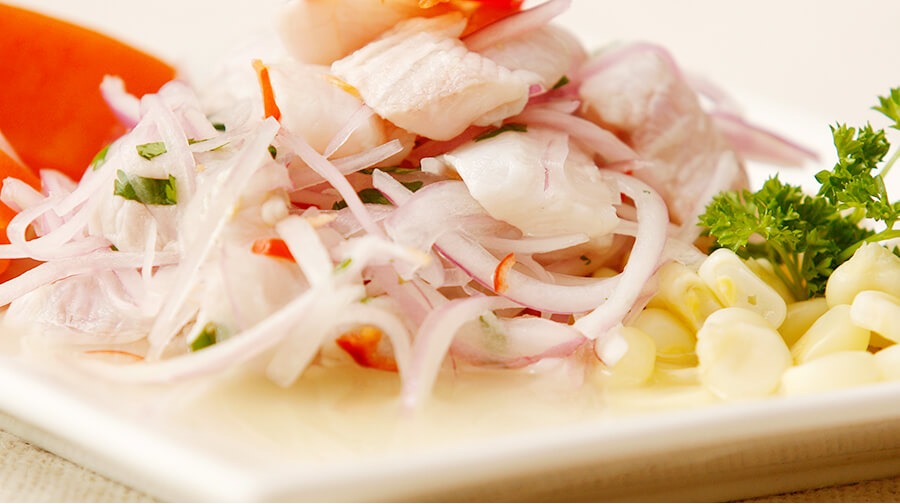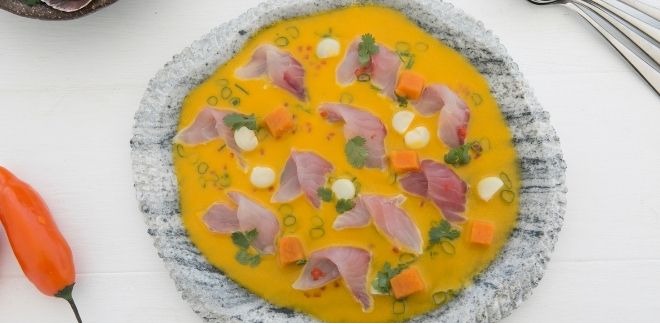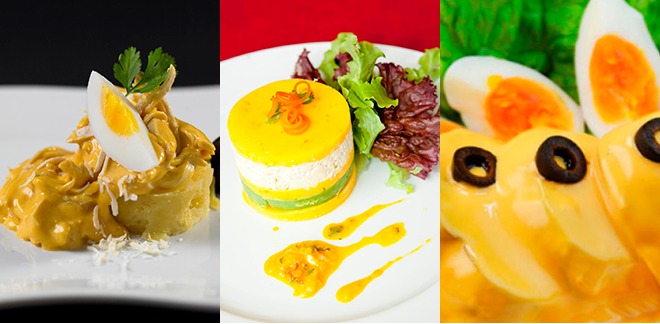Peruvian Ceviche on the verge of achieving World Heritage status
Síguenos en:Google News
Our cuisine has managed to position itself internationally in recent years. There are several awards and recognitions that Peru has received in relation to its cuisine; and now our national dish hopes to achieve an important title.
Cebiche, its practices and meaning, related to its preparation and consumption, will be submitted to the United Nations Educational, Scientific and Cultural Organization's (UNESCO) Representative List of the Intangible Cultural Heritage of Humanity; as announced by the Ministry of Culture.
According to the official document, measures are being considered with this nomination to propose an Action Plan to ensure the conservation, protection and promotion of the elements, practices and customs that make the dish "an exemplary expression of biological and cultural diversity, generating identity and pride among Peruvians".
Working together
The Ministry of Culture indicated that the decision to apply was made after a process of dialogue and evaluation by a working group, which is made up of representatives from the Culture, Environment, Agriculture and Irrigation, Foreign Trade and Tourism, Production, Foreign Affairs and Health ministries.
Part of the decision was based on the opinions and contributions of more than 22 specialists in different disciplines and with an outstanding background related to the national cuisine and its practices.
This nomination, as well as helping to contribute to the improvement of the living conditions of the population involved in the production chain, will also assist the development of their regions, strengthening national identity and commitment to environmental sustainability.
A dish with tradition
Cebiche is undoubtedly the most representative dish of Peruvian cuisine, made from pieces of fresh fish, aji limo, rocoto, lemon, onion, pepper, fish broth and salt. It is decorated and accompanied with sweet potato, parboiled and shelled corn, yucca, seaweed (yuyo) or lettuce and canchita serrana (corn nuts). Each Peruvian region has adapted it to its customs; for example, in Piura, it is accompanied by zarandaja, sweet potato and corn; in Chiclayo it is served with the famed corn tortillas.
Its origin goes back to Peruvian fishermen in the past who, taking a break from work, would cut fresh fish and eat it with chili peppers. Lemon and onion were added over the years. Due to Japanese influence, ceviche is lightly macerated for a few minutes in lemon.
There are other hypotheses that say that ceviche comes from the Mochica culture, or that it had its origin in the Inca culture. Both ancient civilizations used different types of ingredients such as fermented juices and chicha to marinate fish.
Did you know?
- The Peruvian authorities indicated that this nomination is part of the legacy presented to the people, within the framework of the agenda to commemorate the Bicentennial of National Independence, to be held in 2021.
- So far, France and Mexico are the only countries that, since 2010, have their national cuisine recognized as Intangible Heritage of Humanity.
Sources: Gestión/ TV Peru







